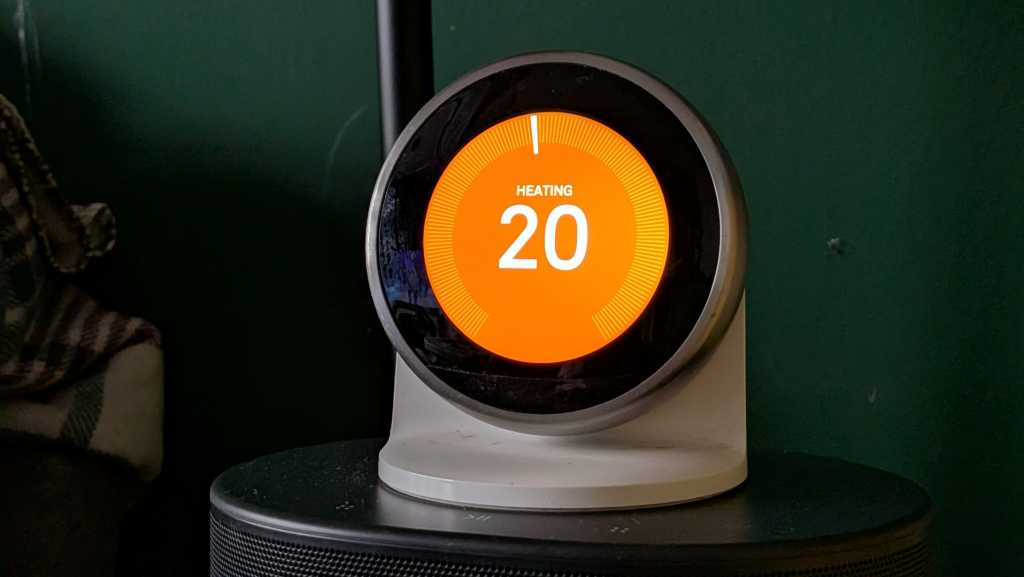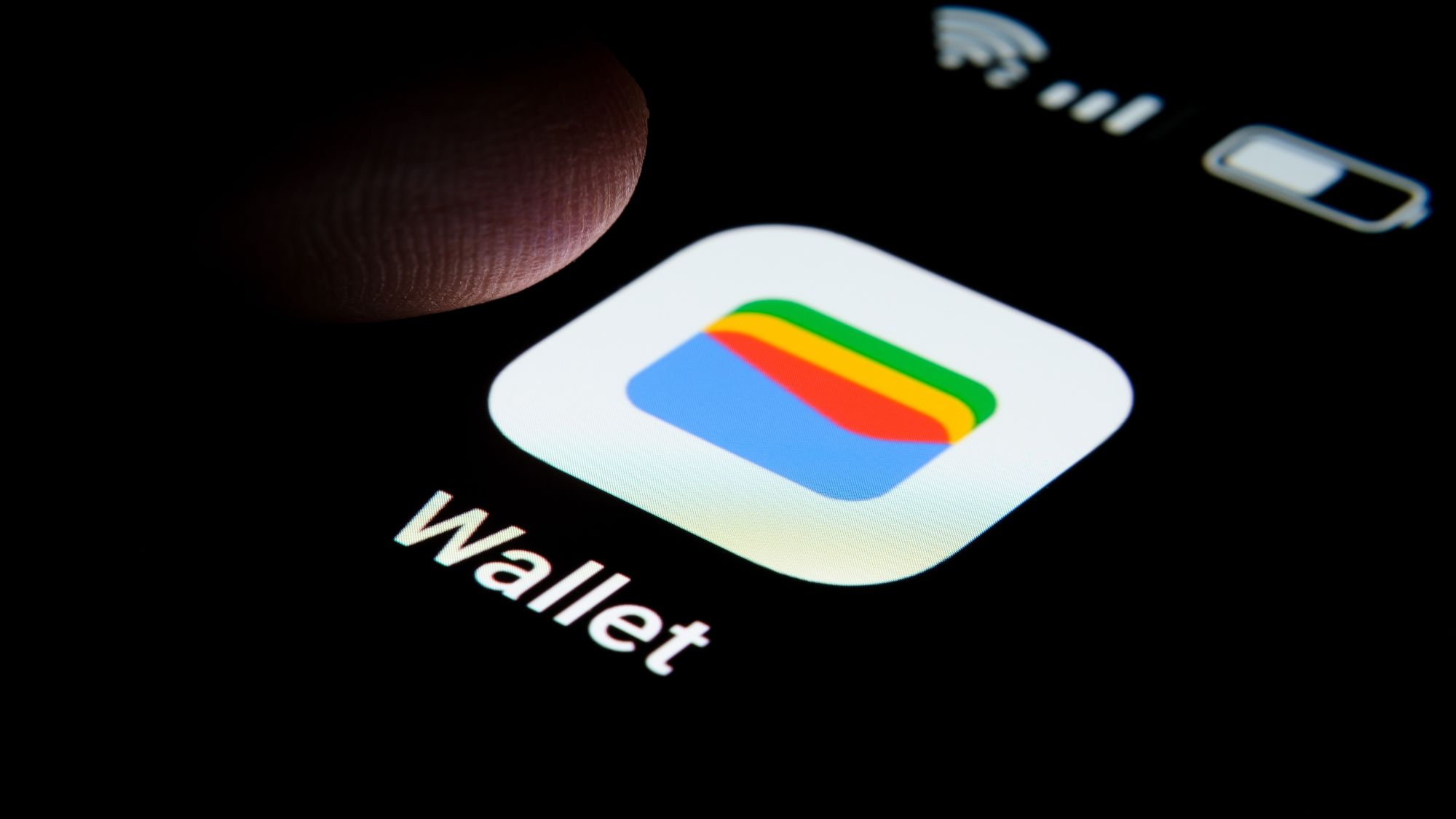For years knowledge work has largely remained unchanged. The typical person starts their day by checking their inbox and messaging apps to check activity and then proceeds to do their work in whatever app applies to their job. This could be a spreadsheet, project management app, coding app, CRM, and so on. Workers often spend much of their day moving between apps to get their work done. This process is inefficient and often limits the ability to share data between apps or collaborate in context.
The Rise of Connected Workspace Apps
Vendors in the collaboration space have attempted to address this challenge through the introduction of Connected Workspace apps. Metrigy defines connected workspace apps as having the following characteristics:
-
Enables organizations to create a single location from which employees can accomplish, communicate about/collaborate on, and manage their work.
-
Brings together productivity applications such as project and task management with knowledge bases and document repositories, along with communications and collaboration apps.
-
Provides an integrated knowledge store, project and task management, and the ability to create content and iterate in a collaborative environment.
Within a connected workspace, individuals and teams should be able to accomplish much, if not all, work they need to do throughout the day. For some tasks, this will require integration with additional applications, at times from a third-party provider. Metrigy’s Connected Workspace: 2024-25 global study of 157 organizations conducted in early 2024 found that 58% of participants had at least one connected workspace app already deployed within their organization. We plan to refresh this data in early 2026.
Examples of connected workspace apps are numerous, including Asana, ClickUp, Microsoft Loop and Notion. Each provides integrated collaboration, project management, and content management capabilities to provide a single place for work. Each also has extensive third-party integrations to add content from external sources into workspaces.
Additionally, collaboration app vendors such as Slack and Zoom have broadened their functionality to include connected workspace capabilities.
For Slack, this includes Slack Canvas that provides a content collaboration capability that can be associated with chat channels, as well as integrated task management and the ability to embed data from other apps directly into Slack.
Zoom recently added Zoom Docs as well as task management capabilities, also bringing content collaboration and work management directly into the Zoom UI.
AI Features Heavily
AI is becoming pervasive in collaboration apps. Examples include native AI capabilities within office suites from Microsoft (Copilot), Google (Gemini), and Zoho (Zia), as well as AI features now available in just about every collaboration application. Collaboration vendors are increasingly supporting third-party models such as those from Anthropic and OpenAI.
AI, and increasingly agentic AI, offers the potential to change the way individuals work. For example, rather than checking my in-box and chat channels in the morning, I might query an AI assistant (a “copilot”) to summarize overnight activity. Or I might create an intelligent/agentic agent that learns about me and offers a custom curated summary of activities and a list of associated tasks for me to work on throughout the day. The agent may pull associated information as necessary from CRM, ERP, or other business applications and even present me with a customized user interface for me to do my work.
I may spend much of my day prompting that intelligent agent to create and refine content, generate reports, conduct data analysis, and manage my projects, eliminating the manual switching between apps. I may even have the intelligent agent, on my behalf, start conversations with colleagues (or perhaps their intelligent agents) to obtain necessary information to complete my tasks.
In this new world, the inbox, chat channels, task lists, and other work interfaces fade to the background and are replaced by the agentic AI agent(s) that I custom configure for my needs. Metrigy’s AI for Business Success: 2025-26 global study of 1,104 organizations found high interest in agentic AI, with 65% of participants expecting to use agents for decision making and nearly 73% saying they will use agents to complement existing AI capabilities.
The Bottom Line
The way that knowledge workers engage with content and with each another is undergoing rapid change. Connected workspace apps are driving integration of collaboration, knowledge, and project and task management to simplify work and reduce task switching. AI, and more specifically agentic AI, will rapidly change the user interface for work enabling customization, optimization, and increased efficiency.


